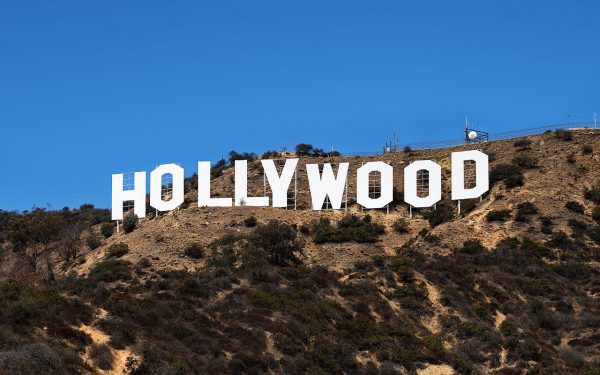 Parler
Parler Gab
Gab
Congress helped expedite industry corruption in 2016
When the 21st Century Cures Act was signed into law in December 2016, the federal government made it easier to accelerate medical product development. The intent of the new law was to “bring new innovations and advances” to patients with both speed and efficiency. However, the law quickly became a portal of corruption, allowing the industry to bypass the once rigorous, evidence-based standards for new drug approvals. By short-circuiting the scientific method, the industry and government work hand-in-hand to flood the market with new drugs that lack adequate safety data. One of the drugs – aducanumab – was approved to treat Alzheimer’s. According to David Gortler, a pharmacologist and FDA reform advocate at the Ethics and Public Policy Center, the FDA expedited the drug’s approval “based on zero positive studies.” The Act not only provided $500 million in taxpayer dollars over nine years to facilitate the corruption at the FDA, but it also provided an additional $6.3 billion to the National Institutes of Health to expedite research at American universities. The law was supported by more than 1,455 pharmaceutical and university lobbyists. This law has increased corruption at the FDA. For example, almost every single one of the 413 studies used to approve 37 drugs in 2022 were manufactured, funded, and analyzed by the drug industry itself. These drug companies stand to benefit financially from their blockbuster products, but most of the study results aren’t publicly available and aren’t even available at the time of FDA approval. Approximately 75 percent of the study results are not publicly available, but the FDA approved the associated drugs. To make matters worse, the FDA had already approved some of these drugs before the results of the studies were published. A closer look at the studies finds that only 55 percent were randomized clinical trials – the gold standard of evidence-based medicine. In many cases, the FDA justified their early approval based on limited and inconclusive randomized clinical trial data.The deterioration of FDA standards goes back over three decades
The deterioration of the FDA can be better understood by looking at drug approvals from just six years ago. In 2016, 20 percent of medical products were approved based on a single study and 55 percent were approved based on three or more studies. In 2022, 65 percent were approved based on a single study and 11 percent were approved with three or more studies backing them. Sasha Latypova, a retired pharmaceutical industry executive, said the quality and rigor of the regulatory review and approval of new drugs has deteriorated over time. Ms. Latypova said the “fast track” drug approval process began in 1988, when evidentiary requirements were decreased to make way for special regulatory programs that speed up the process of drug approval. By the 2000s, many of these blockbuster drugs were reduced to generic medicines. According to Ms. Latypova, this led to a “patent cliff” that allowed the drug industry to invest in specific niches that offer patent exclusivity. This became a more profitable way to get drugs approved quickly. “For example, approvals receiving an ‘orphan’ designation, for what is considered rare disease, increased to over 50 percent,” Ms. Latypova said. “These products are sometimes approved on as little as a single observational study with fewer than 20 subjects, however, once approved, the drug’s price increased one million to three million dollars per treatment and was fully covered by the taxpayer and private insurance — driving the costs of premiums.” Therefore the “regulatory requirements are minimal, but the profits are outsized,” she added. Because of this corruption, today, up to 44 percent of randomized controlled trials produce fake or flawed data, which goes on to become "reliable" information in medical journals. If the FDA cannot provide third-party, unbiased oversight; if the agency hardly examines even the most basic industry-funded studies, then there is no real standard for approving new drugs in the United States. The drug industry has not only captured the agencies that were intended to keep Americans safe, but they have also circumvented the scientific method to defraud the public, while weaponizing the government agencies against the people. Sources include: TheEpochTimes.com FDA.gov Congress.gov [PDF] NaturalNews.comIt’s really happening: Mask mandates, contact tracing re-implanted at colleges, offices
By News Editors // Share
Madness: American satirist C.J. Hopkins sentenced in German speech case
By News Editors // Share
Dependency on the state is the core of the takeover plot of humanity
By News Editors // Share
By Lance D Johnson // Share
Real science vs. fake science: learn the truth about the so-called “climate emergency”
By Ethan Huff // Share
Governments continue to obscure COVID-19 vaccine data amid rising concerns over excess deaths
By patricklewis // Share
Tech giant Microsoft backs EXTINCTION with its support of carbon capture programs
By ramontomeydw // Share
Germany to resume arms exports to Israel despite repeated ceasefire violations
By isabelle // Share










